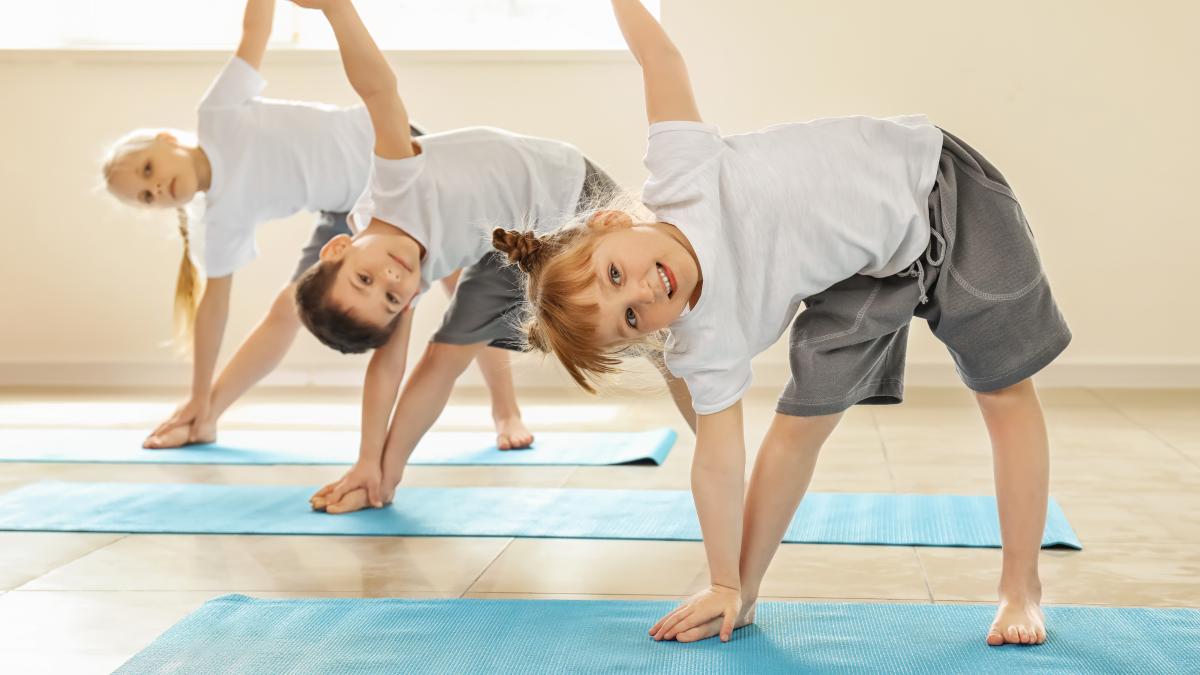Clare Burton from Therapy Stars in Wrexham explains how she is integrating therapeutic yoga into clinical practice.
Clare recently completed the Unite Health Introduction to Yoga Levels 1 and 2. This course provides physiotherapists and other rehabilitation professionals with the fundamental knowledge to begin teaching safe and effective yoga-based movements. The skills developed in this course are designed to complement existing rehabilitation programmes.
Each level is delivered over two days and is normally hosted at the APPI headquarters in London. Due to the Covid 19 restrictions, Clare completed the course remotely via Zoom.
The course, led by qualified physiotherapist and yoga and pilates instructor Irene Ais, was not specific to the paediatric population but Clare has found that she has been able to apply the techniques and principle learnt utilising physiotherapeutic clinical reasoning skills with individual cases depending upon desired clinical goals and outcomes.
"This is an excellent course for anyone interested utilising yoga in their clinical practice. It provides and evidence-based approach to teaching yoga for rehabilitation, linking to relevant clinical research."
The course covered the history and theoretical principles of yoga and how to apply these to clinical situations on a one-to-one and small group basis. The programme also included a major practical element with each day starting with an hour’s yoga class, followed by more practice of yoga poses and techniques, with delegates demonstrating and teaching techniques to each other. Workshops provided an opportunity for delegates to consider how to utilise yoga principles for clients with a range of health complaints such as poor posture, reduced core stability, muscle imbalance, tightness within anatomical slings, muscle weakness, pain, and reduced function. Practical advice was also given for screening patients prior to performing yoga techniques and advice on running group sessions including developing class themes and sequences to achieve a desired outcome.
"The course highlighted the importance of not only the physical practice of the poses, but also how yoga involves use of breath and mindfulness as mind-body therapy ... acknowledging the physiological and psychological benefits of yoga affected via the regulation of the autonomic system."

Reviewing the Evidence - Yoga for Children and Adolescents
Clare's review of the evidence found that regular yoga practice in children and adolescents can help improve overall health, and physical and mental well-being as summarised below ...
Physical Health
|
Mental Health
|
General Health
|
In addition, benefits have been found for children and adolescents presenting with specific conditions including anxiety, depression, ADHD, obesity, and mild asthma.
Implementing learning into clinical practice
"This was one of the best physio sessions we have done ... I feel like I’ve worked hard but now I feel all calm and my muscles feel relaxed.”
Since completing the course, Clare has already begun to integrate the skills she has learnt with patients seen on a one-to-one basis. She reports having used techniques to treat adolescents with neck and shoulder pain due to poor posture and muscle imbalance, as well as working on core stability and active stretching when treating clients with cerebral palsy. Following one such session, one young person with CP commented that: “This was one of the best physio sessions we have done ... I feel like I’ve worked hard but now I feel all calm and my muscles feel relaxed.”
Clare is planning delivery of small group, physio lead yoga sessions for adolescents once Covid 19 restrictions are lifted.
